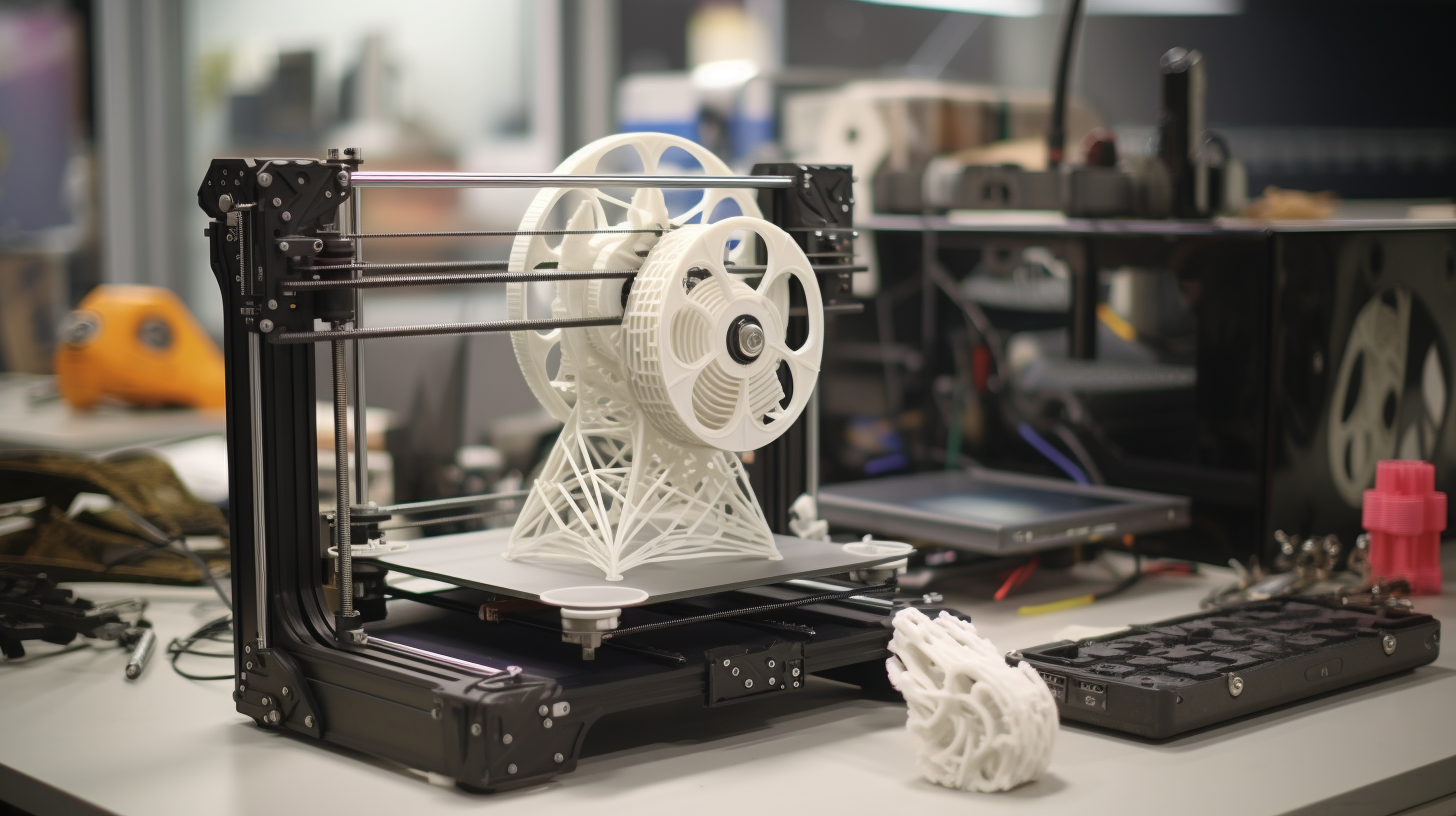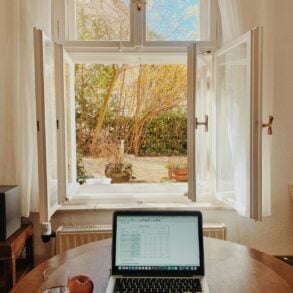Technology improvements in 3D printing have made the equipment available to businesses, crafters, artists, and more. The range of products includes exceptionally affordable and user-friendly options and high-end models designed for expert use. The best 3D printer for anyone is the one that meets personal preferences and is comfortable for them to use. Begin by using the following four tips to narrow down the options.
1. Consider Your Finished Product
The best printer depends on what people want to make. An awareness of the size of the finished products the buyer plans to print, and the amount of detail needed will make printer selection easier. Always check the maximum print capacity to ensure the model will produce the correct product size.
The most popular 3D printers use FFF or FDM technology that melts plastic filaments in layers. The printed product will have ridges and require sanding to smooth.
People who want exceptionally detailed prints may want to check out SLA technology. SLA printers use a liquid resin that produces a smooth product with exceptional detail but also emits a strong odor during printing and requires additional steps before completion.
2. Consider Volume Printing Needs
Although exceptions exist, most hobbyists will produce fewer products than someone offering their printed items commercially. The printing speed of the unit can make a difference for those with high-volume printing needs. Filament printers benefit those who want speed because these models print quickly.
Those who print a large volume of items may also need a large format printer. Dual extruders double the printing capacity, and the top models enable precise printing so that each batch is endlessly repeatable to the smallest detail.
3. Shop Based on Interest
Some people want a printer they can use quickly and easily without much effort. A user-friendly model with few features and limited controls may provide all they need. People who want the broadest ability to create unique items of all sizes will discover plenty of options. Printers with the technology to produce nearly anything people can imagine exist, but anyone new to 3D printing must take the time to learn how to operate them. Look into the options for training in the personal and commercial use of 3D printing technology for the best result.
4. Remember All Printing Costs
Retail prices of 3D printers can range from under $150 to more than $25,000. The shopping budget must also include the cost of the material used for printing. Resin, filament, and the materials used for curing resin all factor into how much each item printed will cost. This detail makes the consideration important for crafters on a budget and business owners concerned with making a profit. Also, consider the average maintenance costs, energy usage, and software needed for any desired unit.
Shopping for a 3D printer takes time because of the vast inventory available. In addition to the four suggestions listed above, people should consider user ratings, if they want to use a specialty material, and the level of customer service available. The warranty, the location of the manufacturer, and many other considerations are also often part of the decision-making process.









